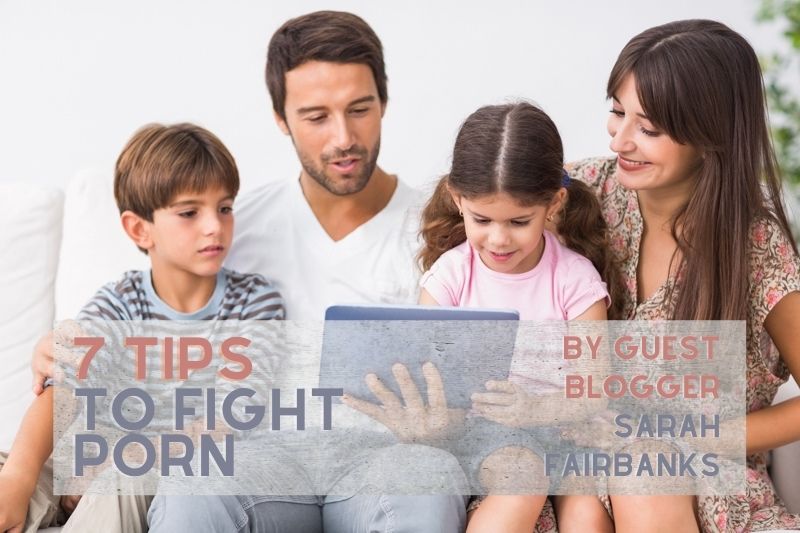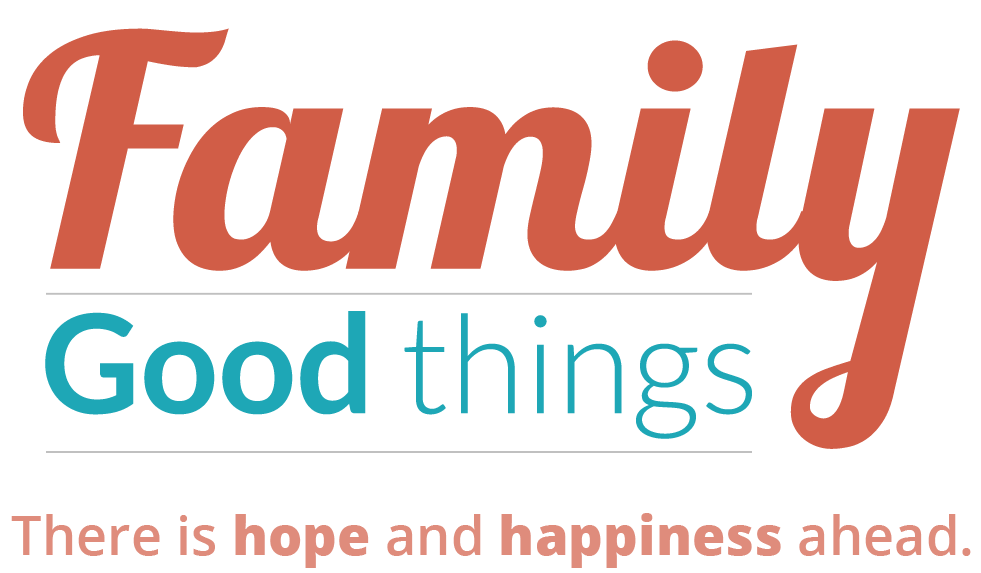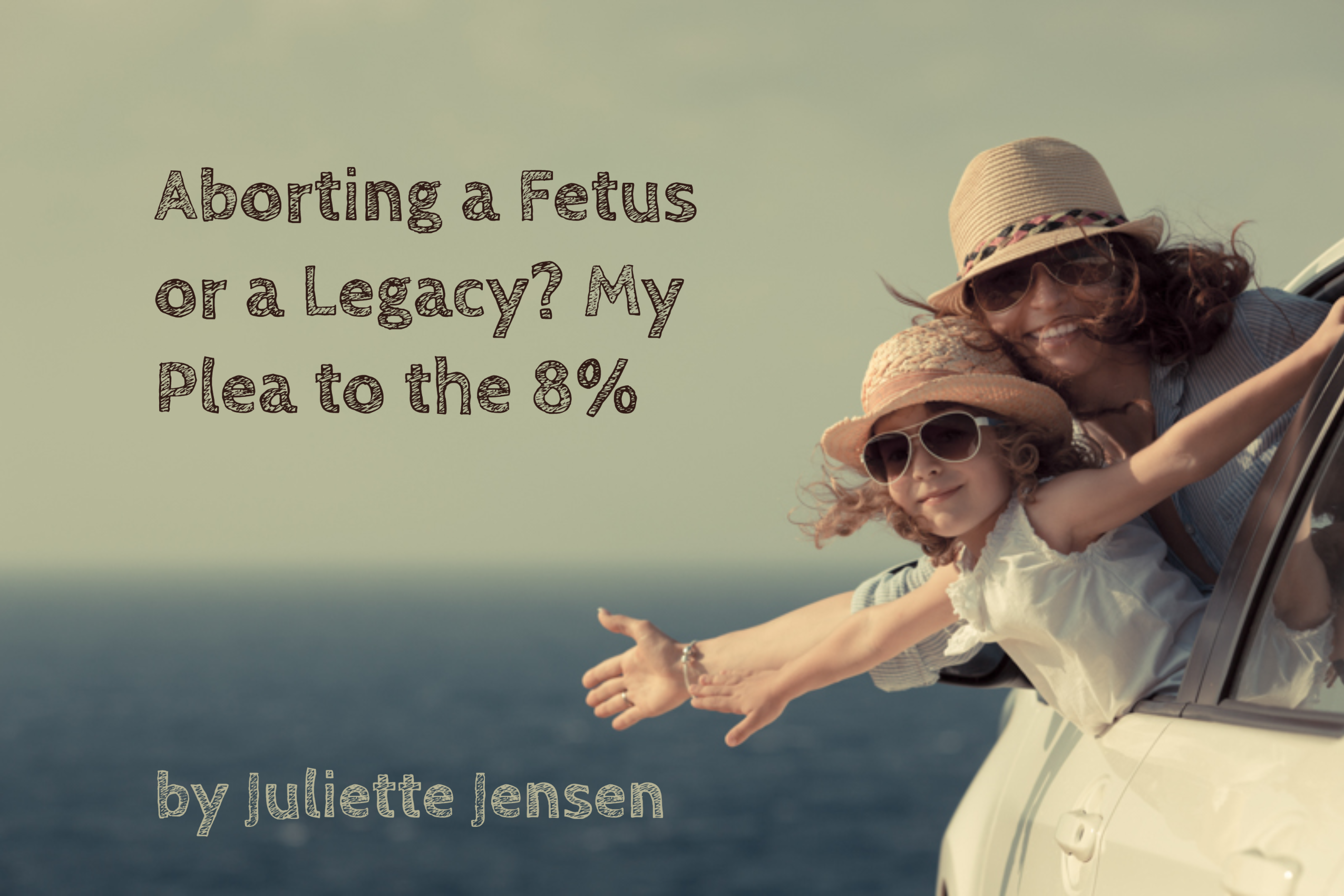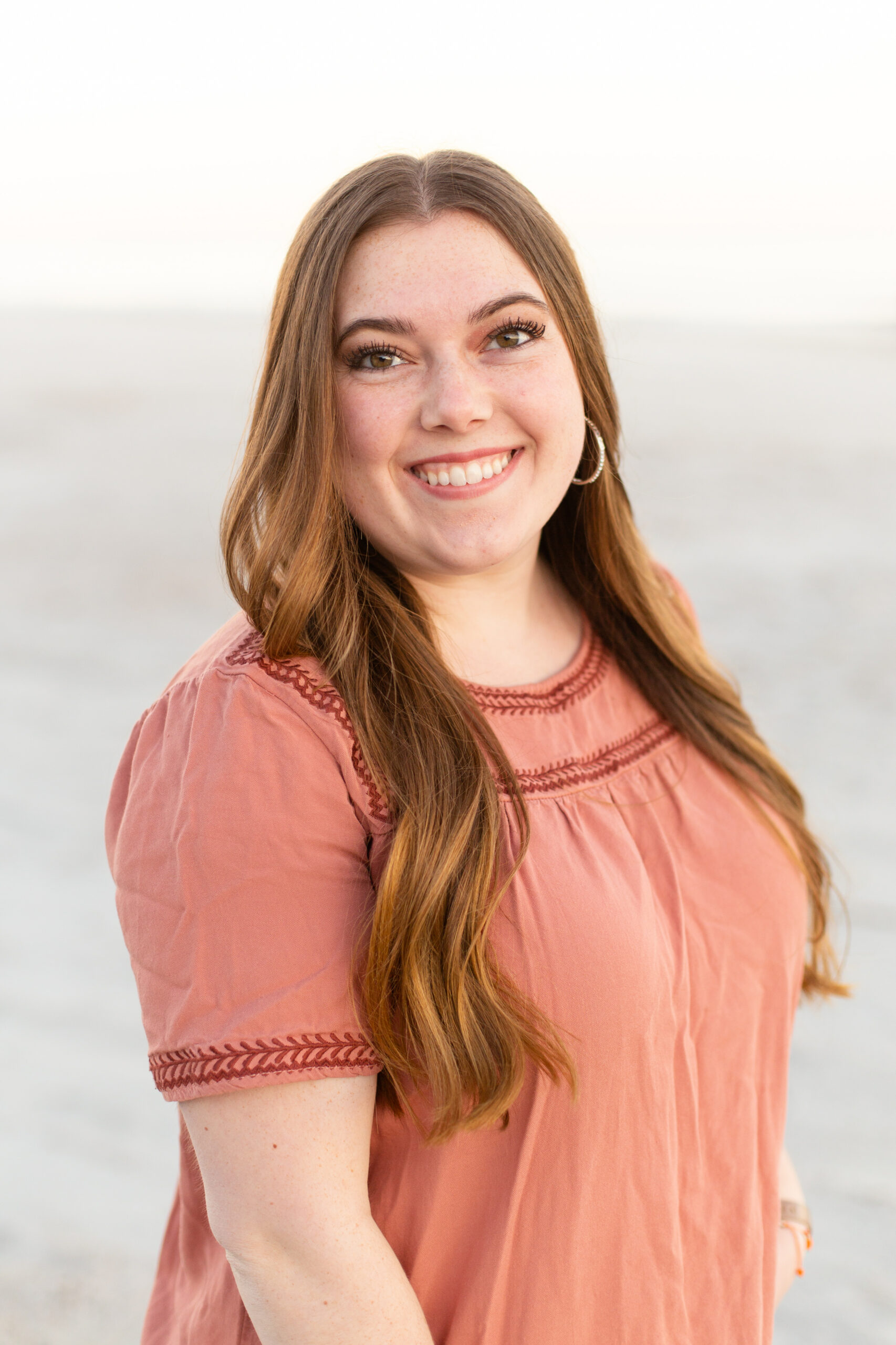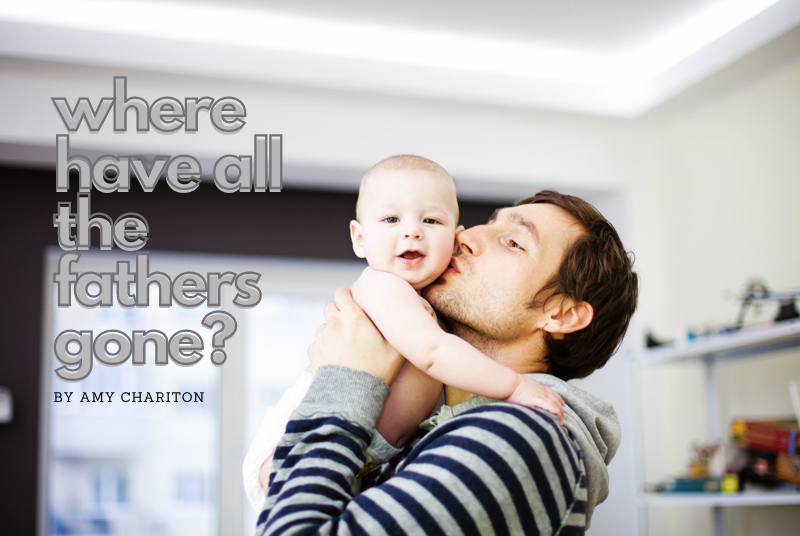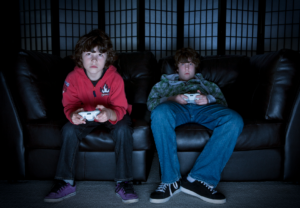by Guest Blogger | Sep 10, 2020 | Guest Posts, Marriage, Parenting
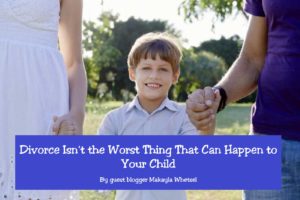
50% of all children in the United States will witness a divorce between their parents. While it would be wonderful if every child could grow up in a home with two loving parents, that’s sadly not reality today. However, divorce doesn’t immediately result in the end of a child’s happiness or success.
Divorce is not a decision that should be taken lightly. No matter the situation, divorce will have an impact on both the parents and their children. Nevertheless, in some cases kids are actually better off because of how the marital relationship affected them prior to the parental split. And as parents, there are multiple ways you can help your child adjust to make the transition smoother.
Staying Together Isn’t Always the Best Solution
Many parents who consider getting a divorce worry that this decision will completely ruin their children and their future. And their fears are somewhat justified when one considers the research showing the negative effects that divorce can have on children. Because of this fear, some parents might think that for the kids, it’ll be better if mom and dad just “tough it out.” However, choosing to stay together no matter what may actually do more harm than good.
If divorce is on the table, parents will need to juggle the financial and emotional effects the decision will have on the family. Mild depression, anxiety, and anger are common responses among children with divorced parents. On the other hand, divorce is an important option to protect a spouse or kids from toxic relationships.
Because of the toll that divorce can take on the spouses involved, let alone a whole family, many parents just drop the idea completely. Of course, when marital problems arise and divorce is coming into the picture, it doesn’t mean that divorce has to be the answer.
Divorce Alternatives
Marriage therapy, personal counseling, and honest conversations about what the actual problems are (e.g. pride and self-centeredness) rather than the symptoms (e.g. communication style or personality differences) can be incredibly beneficial.
Before making the huge decision of whether or not you should get divorced, one should first do some very honest self-reflection — especially with the help of a licensed therapist. Dr. William J. Doherty, a marriage and family therapist and professor of family social science, explains that licensed therapists can “challenge both you and your spouse about your contributions to the problems and your capacity to make individual changes to resolve the problems.” Reflecting on your personal contributions to the relationship will not only benefit you as an individual, but it will benefit your relationship as a whole.
While getting professional help is an important step, it’s also important to remember that you can’t change someone else. True change can only happen if it originates from within. If a relationship isn’t evolving because changes are not being made, divorce may be the result.
Choosing To Divorce
Now, let’s suppose that you end up choosing to get a divorce. The change is going to hurt no matter what the situation is, because you and your children now have to adapt to a new normal.
However, this huge change doesn’t have to ruin your kids. In fact, according to one study, “there is some evidence to suggest that the majority of children whose parents divorced are not indistinguishable from their peers whose parents remained married.”
Scores of studies have found that children form habits quickly by watching and observing those around them. If a child’s parents are displaying a verbally or physically abusive relationship, that child won’t know the difference between the parental relationship they witnessed and a healthy relationship.
While a divorce will be difficult for the children, the changes that children experience aren’t all negative. For example, children who are no longer exposed to constant arguing, verbal or physical abuse, or unstable communication between their parents will be relieved and greatly benefited in their future. Additionally, according to child development experts, children have a built in “resiliency mechanism” that helps them to learn and bounce back from difficult circumstances with the right kind of help.
Emily’s Story
One of my best friends had an experience in which her parents got divorced when she was seven years old. I was curious about how the divorce impacted her and her family. So, I reached out to her for an interview.
Me: Looking back now, what do you think influenced the decision to get a divorce?
Emily: Growing up my father was very neglectful towards me, my mother, and my brother. Because of this, my mother decided that she wanted a divorce.
Me: At the time, how did your family process the divorce? What decisions did your parents make in hopes of making it a reasonable decision?
Emily: My mom allowed my brother and I to choose the amount of involvement we had with my dad. At the beginning of the divorce I spent weekends and every other Wednesday with him and then we rotated holidays. So if I spent Thanksgiving with my mom I spent Christmas with my dad, and vice versa. I wanted to see my dad as often as I could because I wanted to still have a relationship with him, but there were multiple times when he wouldn’t show up or he’d bail before I came. So, then I started reducing my visits to once a week. Unfortunately my dad could never move past his neglectful habits, and eventually I stopped doing in-person visits all together and instead we did phone calls and emails. However, about seven years ago my father just stopped replying all together, so now I’ve completely lost all contact with him.
Me: Lastly, how has your parents’ divorce influenced both you and your brother?
Emily: It allowed both of us to have complete control and it helped me to establish my self worth not only as a daughter, but as a person. If they hadn’t divorced, I would’ve been forced to suffer my dad’s neglect and I believe it would have greatly damaged my self esteem and my idea of what healthy love looks like.
How Can I Help My Child?
If you and your spouse decide that divorce is the answer, it’s possible to help your child(ren) through every step to make the new situation sustainable. Here are a few ways you can make it easier for your kids:
- Provide emotional support
- Have open and honest conversations about how your child is feeling
- Prepare yourself for tough conversations
- Ask your child how they’re doing on a regular basis
By doing this, you will create an appropriate outlet that allows your children to express their emotions in a healthy way. Many adolescents seek out alcohol and drugs if their emotional needs aren’t being met, so building a loving and healthy relationship between you and your child is key.
Although most divorce is avoidable and unnecessary, at times it can be the best option. In some cases divorce may be better for the entire family if things are beyond repair and the family climate is incredibly toxic. Every child deserves to dwell in a home where healthy relationships are present so that in the future, they can develop healthy relationships of their own.
Makayla Whetsel is a sophomore at Brigham Young University-Idaho studying Marriage and Family Studies. She will be serving an LDS mission before returning to school to receive her degree and certificates. In the coming years, she plans to focus in the field of social work to assist both children and adults.
by Guest Blogger | Aug 27, 2020 | Guest Posts, Parenting
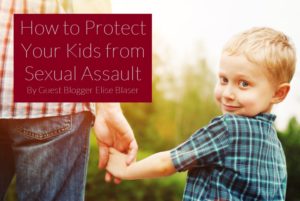
No one likes to have “the talk” with their kids. You know, the sex talk. Conversations about sex can be uncomfortable for most people. But these types of conversations are critical. And talking about uncomfortable topics can be key to protecting your kids.
According to the Center for Disease Control and Prevention (CDC), one out of four girls and one out of 13 boys in the U.S. experience sexual abuse at some point in their childhood. While we may not be able to protect our kids from every bad experience, we can teach them safety and prevention measures to minimize the risk of sexual assault. It starts with having uncomfortable, critical conversations.
I truly hope your child never has to experience sexual assault. I wish it wasn’t something we need to keep on our radar. But if we pretend like it doesn’t exist, how will that teach our children to protect themselves?
What is Sexual Assault?
According to the United States Department of Justice, sexual assault is “any type of sexual contact or behavior that occurs without the explicit consent of the recipient.” If you want to learn more about what can be classified as sexual assault click here.
Sexual predators can come from any demographic, race, or religion. There is no such thing as a stereotypical profile of a sexual predator. Regardless of your socioeconomic background, we all need to be on guard.
In my 26 years, I’ve learned that non-consensual sexual encounters are so much more common than we might realize. I grew up in a highly religious and middle-class home. My family was still affected. My parents did their absolute best to protect my siblings and I from predators. But predators can be in the most unexpected places. According to RAINN, “Most victims know their assailants: 80 percent of sexual assaults are committed by someone the survivor knows, such as a neighbor, family member, or romantic partner.”
When I was very young, I was assaulted by a member of a family playgroup. Another time I was assaulted by someone who I thought was a friend at church. After having these experiences, I want to do everything in my power to protect my daughter and future children against these types of encounters.
Knowledge is power. Teaching our children how to take precautions empowers them to protect themselves from danger – especially when we are not around.
Sexual Assault Prevention Tips
The following are preventive measures that encourage sexual safety. While there is no sure way to avoid sexual assault, following these tips can cultivate open communication, help children identify wrong behavior, and create boundaries for future relationships.
Let’s teach our children to how to be safe:
1. Teach children the anatomical terms of their body.
This will let them know that talking about our bodies is not taboo and is a safe topic between the two of you. According to developmental psychologist Dr. Donna Matthews, when kids know and are comfortable using the standard terms for their private body parts, they will have one more protection against sexual abuse. Having open communication about our bodies and sexuality will encourage your child to turn to you when they are in need of advice or someone to trust and confide in.
2. Teach children to know how to identify appropriate versus inappropriate behavior.
Tell them if someone touches your “________” (any body part as discussed above) – that is unacceptable. If someone asks to see your “______” (any body part as discussed above) – that is wrong. Dr. Mary L. Pulido, executive director of The New York Society for the Prevention of Cruelty to Children, recommends sharing ideas of appropriate versus inappropriate touch. Some ideas of appropriate touch include (but are not limited to) giving a toddler a bath, changing a baby’s diaper, and getting vaccinations. An idea of inappropriate touch you may share is if someone puts their hand down your shirt or pants, that is wrong and unsafe.
3. Teach children to say (or yell), “NO!”, “STOP!”, or “STOP THAT!”
If anyone touches them in a way that makes them feel uncomfortable, tell your child to put a stop to it immediately. No matter who the perpetrator is, it’s still wrong. If they don’t feel comfortable saying “stop” or “no,” they can always say “I have to leave” and RUN AWAY. The San Diego California Police Department encourages parents to teach their children how to react in the event of a sexual assault with the following, “If avoidance is not possible tell them to make a big scene by screaming, yelling, kicking, and resisting. Their safety is more important than being polite.”
4. Clearly define boundaries.
Set boundaries with friends and family. For example, when I had friends over as a kid, I wasn’t allowed to close bedroom doors. I was also not allowed to have sleepovers with anyone who was not family. Teach your child the boundaries of privacy even within your family. When and if they refuse to give affection to friends or family members when asked, support them in that and tell them they can say ”no thank you.” This can empower them to take ownership of their bodies, fosters body autonomy, and helps them know they are not obligated to touch someone when they are asked or pressured to.
5. Urge your child to be extremely selective with their friends.
This is especially important in their tweens, teens, and young adult years when you have less of an influence on their social circle. Encourage your child to date in group settings. Invite your child and their friends to hang out at your home so you can get to know their social circle. When I was a teen, I thought group dates were a way for my parents to control me and keep me from a fun make-out sesh. Little did I know that group dates are actually the safe route for unfamiliar company, which can prevent unwanted encounters. So my parents were looking out for my best interest, as good parents do.
6. Encourage your children to trust their instincts.
If something feels “off,” it usually is. According to the Specialized Alternatives for Families & Youth (SAFY) organization, trusting your instincts is a personal right. Teach them how to identify those feelings. This may not be a very scientific prevention, but how many times has trusting your instincts lead you in the wrong direction?
Talk with Your Kids Today
Assure your child that you are a safe adult to talk to and help them identify other trusted adults they can turn to when they are feeling confused, scared, or unsafe. Why include other adults? Because even if you have built trust with your child, there’s still a chance you may not be the first person they tell if they actually do get assaulted. According to Robin Sax, a former Los Angeles prosecutor who specialized in sex crimes against children, “many children cannot bring themselves to disclose sexual abuse directly to parents,” so it’s important for them to have other trusted adults to turn to if they get assaulted (as devastating as that would be).
When should we start these conversations with our child? While each child is different, earlier is usually better. Jill Starishevsky, a child abuse and sex crimes prosecutor in New York City, encourages parents to start these conversations as early as age three. Keep in mind that young children and adolescents are a target for predators because they are more vulnerable at this stage. Start these critical conversations early so there’s more prevention than damage control.
Is there a way to spot a predator before anything happens? Unfortunately, no. It depends on the situation. There is literally so much we can worry about for our children as parents. However, these recommendations are some ways to give you peace of mind and provide tools to help your child protect themselves.
Thanks for surviving the realness. I encourage you to have these conversations ASAP, so you’re doing everything in your power to protect your precious little ones. You’ve got this!
Elise Blaser has a Bachelor of Business Management with an emphasis in Human Resources. She has a wonderful husband, Zach, and a beautiful one-year-old daughter, Violet. Before becoming a mom, she was a Program Developer for FIELDS, a nonprofit organization for Native American education and economic development, where she created and implemented a values-based, life-skills curriculum for underserved youth. She is passionate about health and wellness and sharing her life experiences to help uplift others.
